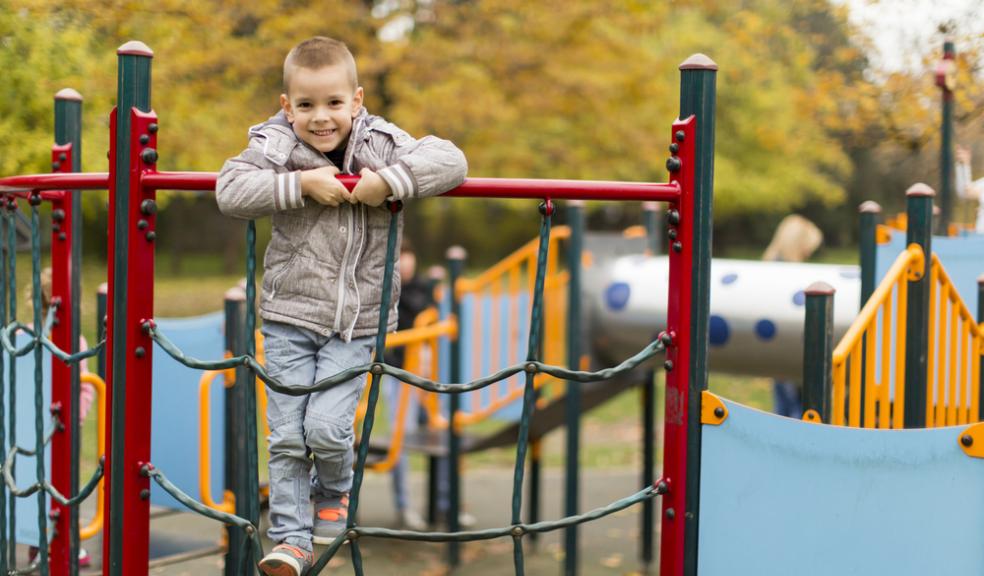
Toxic paint in playgrounds puts children at risk
Playground equipment should be monitored more regularly to ensure toxic metals contained within paints do not present a danger to public and child health, a study recommends.
Environmental scientists from Plymouth University analysed the metallic content of paints on equipment at almost 50 playgrounds, including some less than a decade old, across the south of England.
They discovered lead content up to 40 times greater than recommended concentrations, along with higher than expected levels of chromium, antimony and cadmium.
Their research, published in the journal Science of the Total Environment, suggests the levels could pose a significant potential risk to young children and provides a series of recommendations which scientists believe playground operators should consider with immediate effect. They are:
- Surfaces should be monitored regularly for condition and, in particular, for flaking and cracking paint;
- Paint in poor condition should be carefully removed and structures stabilised and repainted with lead-free paint, or equipment replaced;
- Parents should be made aware of the dangers of children sucking or biting painted surfaces or ingesting paint chips;
- Stricter controls should be applied to domestic and imported paints used for playgrounds, and for equipment that is pre-painted before installation.
Dr Andrew Turner, Reader in Environmental Science at Plymouth University, led the research. He said: “While undisturbed and intact, coatings and their chemical components are relatively safe.
"But once the film begins to deteriorate through abrasion or via exposure to UV light and moisture, the paint begins to crack, flake and chalk and metal-bearing particulates are mobilised into the environment.
"The effects of lead on human health, including those that impact on the neurological development of children, are well-documented with regard to paint exposure in urban and domestic settings.”
A 1977 EC Directive required that all paints containing more than 5000 parts per million of lead should be labelled with a warning that they must not be applied to surfaces likely to be chewed or sucked by children.
Subsequent guidelines adopted in the UK and other countries have recommended new paint is lead-free or contains less than 2,500 parts per million.
However, this study showed that in some instances, levels of up to 152,000 parts per million of lead were detected in railings, support, handles and gates.
The highest concentrations of lead, chromium and antimony generally occurred in yellow or red paints, but the apparent age and visible condition of the structure or surface was not a good indicator of the concentration of hazardous elements, with some playgrounds having been built as recently as 2009.
Dr Turner added: “Given that the total tolerable daily intake of lead for a child under six years of age is 6 microgrammes, the results of this study suggest that very little ingestion is required to present a potential health hazard.
"And while our tests have focused on the south of England, there is no reason to suggest its results would not be replicated across the UK and further afield.
"It is difficult to attribute poisoning directly to paint on playground equipment because the effects of lead are cumulative and children may be exposed to a multitude of sources of lead in domestic and urban settings.
"But previous studies around elevated lead in blood levels and the ingestion of paint chips have strongly suggested that paint is the source of intoxication.”













